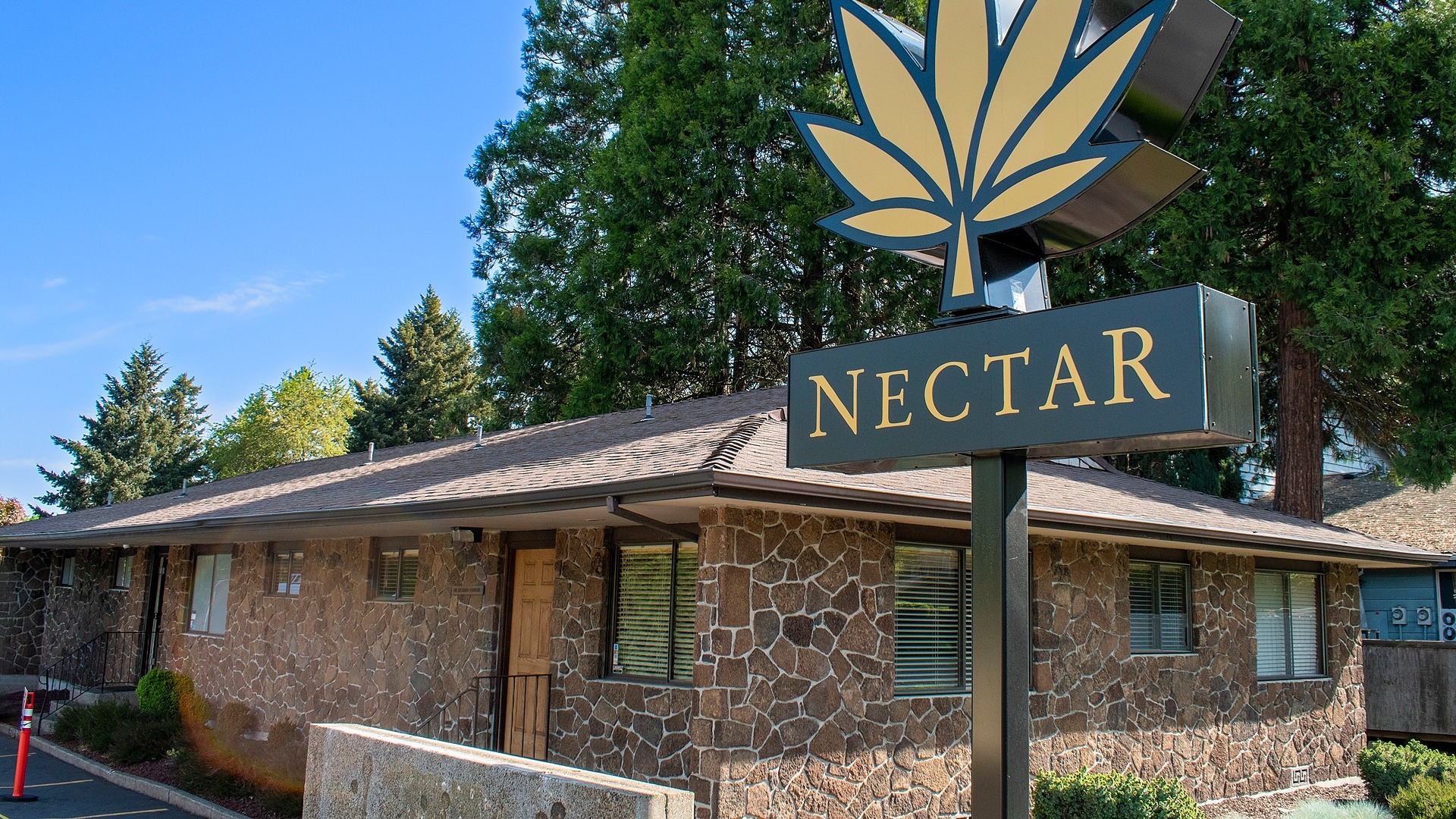
The oil glands in Eucalyptus and Leptospermum have been shown to develop by schizogeny of cell walls (Carr & Carr, 1970 Johnson, 1980). All genera of the Myrtaceae have epithelium-lined secretory cavities, more commonly known as oil glands (Wilson, 2011) (Fig.


The mechanisms of resistance to self-produced toxic secondary metabolites in plants have been reviewed, identifying compartmentalization as one option (Duke et al., 1999 Sirikantaramas et al., 2008). Therefore, β-triketones are potentially toxic to plants that synthesize and sequester them (Dayan et al., 2011).īiosynthesis of β-triketones and flavonoids in Leptospermum. Under high light intensity, residual carotenoids within the thylakoid membranes cannot quench excess energy, which leads to the degradation of chlorophylls (Dayan et al., 2009). As noted above, these natural β-triketones are herbicidal (Dayan et al., 2009), acting via the inhibition of p-hydroxyphenylpyruvate dioxygenase (HPPD) linked to carotenoid biosynthesis, causing photodynamic bleaching (Dayan et al., 2011). These unusual natural products occur in high concentrations in a mānuka chemotype from the East Cape of New Zealand's North Island (Perry et al., 1997 Douglas et al., 2004) and in some Australian Leptospermum species, including L. morrisonii, a rich source of grandiflorone 1 (Brophy et al., 2000). Essential oils steam distilled from mānuka foliage can possess antibacterial activity as a result of varying amounts of the volatile β-triketones 2–4 (Fig. This shrub is the most widespread native plant in New Zealand (Stephens et al., 2005), best known for the antimicrobial mānuka honey derived from its nectar (Allen et al., 1991 Adams et al., 2009). 1), a natural product first reported from leaves of Leptospermum scoparium (also Myrtaceae) (Briggs et al., 1938). The herbicidal activity was shown to be caused by leptospermone 2 (Fig. mesotrione) began with the observation that fewer weeds appeared to grow under the bottlebrush plant ( Callistemon citrinus, Myrtaceae) than in surrounding areas (Beaudegnies et al., 2009). However, if the allelopathic secondary metabolites are herbicidal and produced by a plant, how does this plant protect itself?Īs a prime example, the development of the commercial β-triketone herbicides (e.g. The compartmentalization of β-triketones within oil glands inside leaves of Leptospermum shrubs may defend the plants against herbicidal activity.Īllelopathy, defined as ‘any process involving secondary metabolites produced by plants, algae, bacteria, and fungi that influences the growth and development of agriculture and biological systems’ (Chou, 2006), can produce clues in the search for new herbicides (Dayan & Duke, 2006 Duke et al., 2013).Raman microscopy was used to probe the chemistry of oil glands in several ornamental mānuka varieties, revealing high concentrations of bioactive flavonoids localized in these glands.

Leptospermum scoparium also contained high concentrations of grandiflorone, previously reported as only a trace component in essential oils, localized in the oil glands in the leaves of varieties from diverse geographical locations. Grandiflorone was compartmentalized within the leaf oil glands of L. morrisonii.The presence of β-triketones and lipophilic flavonoids was confirmed by GC-MS and 1H NMR spectroscopy. This approach used undirected, data-driven analysis to qualitatively distinguish localized plant chemistry. The results are presented as heat maps derived from principal component analysis (PCA) of the Raman spectra from sampling grids of leaf sections. We investigated the localization of these compounds in leaves using Raman microscopy.The localization of these potential self-toxicants has not been proven. The New Zealand mānuka shrub, Leptospermum scoparium, and the Australian L. morrisonii produce herbicidal β-triketones in their leaves.


 0 kommentar(er)
0 kommentar(er)
